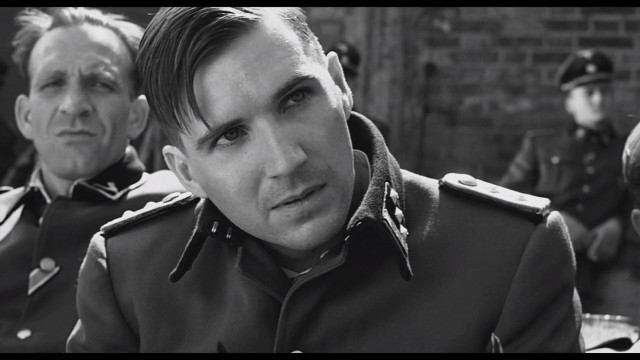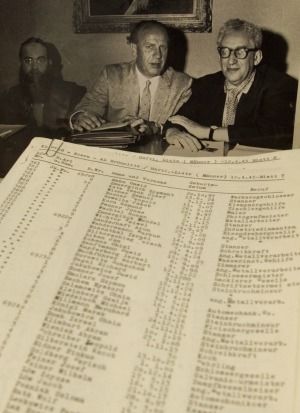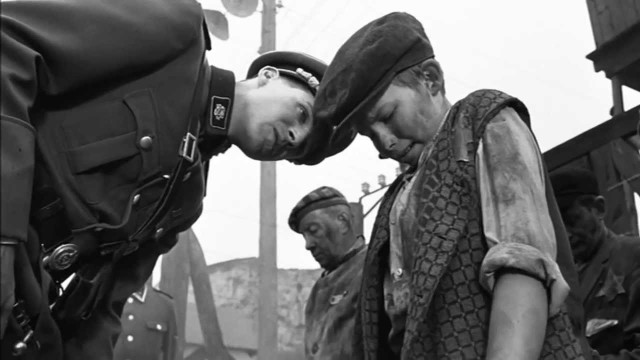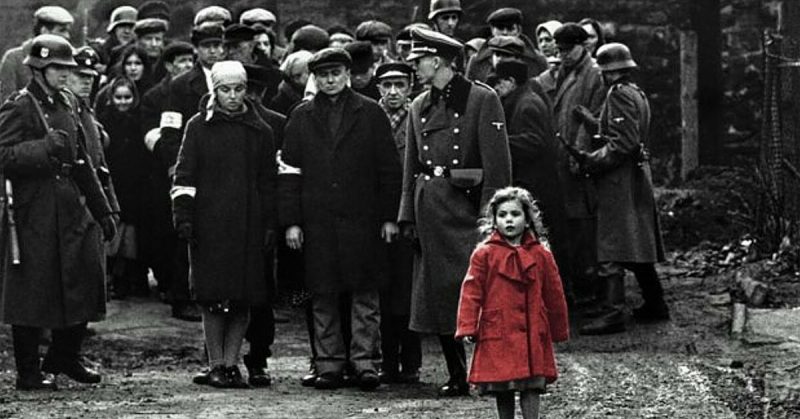Here are 25 things you probably didn’t know about the making of this cinematic masterpiece:
1. One of the 1,200 Jews Schindler saved from the Nazi, emigrated to the United States in 1948. After opening a luggage store in Beverly Hills, he spent 40 years trying to make a film about his saviour. In 1951 he approached director Fritz Lang but it didn’t work out. Later on he convinced Thomas Keneally, an Australian author, to write the novel “Schindler’s Ark”, in 1982.
2. Although Steven Spielberg was one of the very first to acquire the rights, he didn’t feel he was mature enough to direct the movie so he tried to engage other directors. Roman Polanski felt too close to the story as he himself survived the Holocaust as a child in Krakow, however, he did direct the 2002 “The Pianist”, another true life Holocaust story. Same thing happened when Martin Scorsese was asked to give it a go but he insisted that the film should be made by a Jewish director.

3. Although a number of extremely famous names were up on the list for Schindler’s part in the film, Spielberg didn’t want a movie-star actor like Kevin Costner, Mel Gibson or Warren Beatty. Instead he chose Liam Neeson after seeing him in a Broadway production of “Anna Christie”.
4. Branko Lustig became the producer of “Schindler’s List” after showing Spielberg his tattooed serial number from Auschwitz on his arm.
5. For the part of Amon Goeth, Spielberg chose Ralph Fiennes after seeing his performance in “Wuthering Heights” in 1992 and “A Dangerous Man: Lawrence After Arabia.”
6. Spielberg agreed to direct the film but only after shooting “Jurassic Park”.
7. Fiennes had to put on 28 pounds to play the part of Goeth.
8. Spielberg didn’t accept to be paid for directing the film, saying that it would be “blood money”.
9. When he filmed at Auschwitz, Spielberg didn’t shot inside the camps, out of respect for the people who died there.

10. Spielberg wanted to shoot the film in black and white because it reminded him of the black and white documentary footage of the Holocaust, the Moviefone reports.
11. Most of the film was shot in the Jewish ghetto of Krakow, however, the Plaszow concentration camp was also built on the edge of the town.
13. During an interview, Spielberg confessed that “The most moving thing that happened for me was on Passover. We had Passover at the hotel, and all the young German actors who were playing Nazis came in with yarmulkes and haggadahs [Passover prayer books] and sat with the Israeli actors and took part in the Passover service. I wept like a baby.”
14. Spielberg spent his days shooting “Schindler’s List” and his evenings editing footage from “Jurassic Park”.

15. In an interview with Time magazine in 2013, Lustig recalled one of the most painful moments for him; that time he had to recruit children to sing songs as they were being herded onto trucks.
16. There were parts of the shoot Spielberg could not watch without breaking into tears. One of them was when some of the Polish extras playing concentration camp prisoners had to be stripped off and humiliated.
17. Spielberg insisted to star the Shoah Foundation and record the testimony of numerous Holocaust survivors.
18. During the shoot, Spielberg captured the image of a little girl in a red coat, one of the very few colored scenes in the film. The actress who played the little girl, Oliwia Dabrowska – 3 years old at the time – had to promise the director she will not watch the film until she was 18.
19. There was a real life little girl in a red coat, who survived the Holocaust and wrote a book based on her life, “The Girl in the Red Coat,” in 2002.
20. She did watch it when she was 11, and it was traumatizing. However she watched it again at 18; “I realized I had been part of something I could be proud of Spielberg was right: I had to grow up to watch the film.”
20. The film was made on a $22 million budget, earned $96 million in North America and $225 million overseas.
21. During the Warsaw premiere, Spielberg picked up the saxophone and played five or six minutes of traditional Eastern-European Jewish music.
22. Neeson and Fiennes were also seen together in “Clash of the Titans” in 2010 and 2012’s “Wrath of the Titans.”
23. “Schindler’s List” was nominated for 12 Academy Awards and won seven of them.
24. There were also some complaints. E.g. Filmmaker Claude Lanzmann, who directed the major Holocaust documentary “Shoah”, said “Schindler’s List” is a “kitschy melodrama” and a “deformation of historical truth”.
25. To cheer himself up and carry on with the project, Spielberg had Robin Williams phone him.
